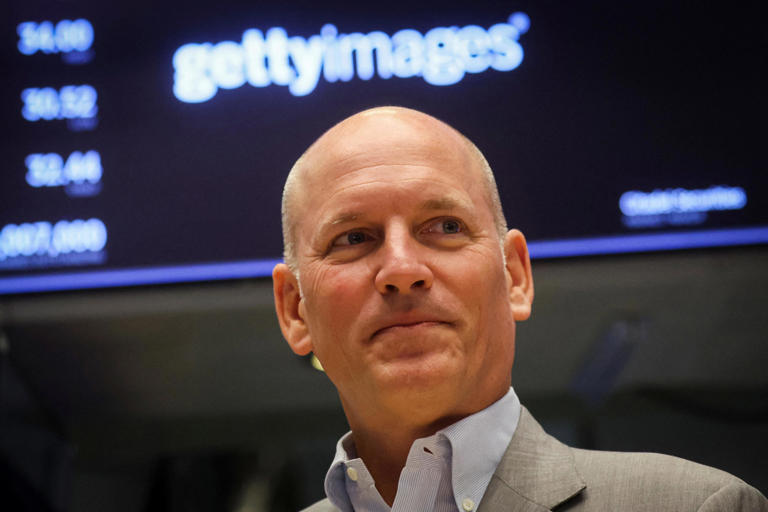
Craig Peters, CEO of Getty Images
Introduction
In a groundbreaking move for the visual content industry, Getty Images and Shutterstock have announced their merger in a deal valued at $3.7 billion. This article aims to dissect the implications of this merger on the stock photography market, analyzing both immediate effects and long-term industry shifts.
Background of the Merger
History of Getty Images and Shutterstock:
– Getty Images: Founded in 1995 by Mark Getty and Jonathan Klein, Getty has grown into one of the largest suppliers of stock images, video, and music, serving a global clientele from news to entertainment.
– Shutterstock: Established in 2003 by Jon Oringer, Shutterstock has evolved from a platform for his photos to a vast marketplace with over 530 million assets, known for its contributor-friendly model.
Why the Merger Occurred:
– The merger comes at a time when the stock photography sector faces significant challenges from AI technologies, which can generate images rapidly, reducing the demand for traditional stock images.
– Both companies have been navigating a market where content consumption is increasing, yet traditional stock imagery faces competition from user-generated content and AI-generated visuals.
Immediate Market Impact
Stock Price Reactions:
– Following the merger announcement, shares of Getty Images surged by over 58%, and Shutterstock shares jumped more than 30%, indicating strong investor confidence in the strategic move.
Short-Term Effects:
– Competitors like Adobe Stock and iStock might face increased pressure to innovate or consolidate.
– Users of stock photography services may experience changes in pricing or content availability as the merged entity reevaluates its offerings.
Long-Term Industry Changes
Reshaping the Market:
– Content Diversity: The merger could lead to a richer content library, potentially offering more variety in niche markets.
– Pricing Dynamics: With a dominant player emerging, there’s speculation on whether prices will rise due to less competition, or if efficiencies will lead to more competitive pricing.
– Photographer Access: The new entity might alter how photographers submit and monetize their work, possibly streamlining or complicating the process.
Impact on Contributors
Photographers and Content Creators:
– Royalties and Agreements: Contributors might face revised agreements, impacting how they earn from their work, potentially with new royalty structures or exclusivity demands.
– Content Selection: The merger could lead to more selective content, with a focus on high-quality or trending images, affecting the volume of photos accepted.
AI and Technological Implications
AI in Photography:
– Both companies have explored AI for image enhancement and generation. Post-merger, there might be:
– Increased investment in AI to offer unique, AI-assisted tools for users.
– A shift in how AI-generated images are licensed, possibly creating new revenue streams or altering existing ones.
Regulatory Considerations
Antitrust Scrutiny:
– Given the merger forms a significant portion of the market, it’s likely to attract attention from antitrust authorities in the U.S. and Europe, questioning market dominance and consumer choice.
Conclusion
The Getty Images and Shutterstock merger marks a pivotal moment for the stock photography industry. While it promises a more robust platform for visual content, it also raises questions about market dynamics, contributor rights, and the role of AI. As we move forward, the industry will watch closely how this merger navigates regulatory landscapes, shapes content pricing, and integrates AI technology, potentially setting new standards for the sector.














 and then
and then